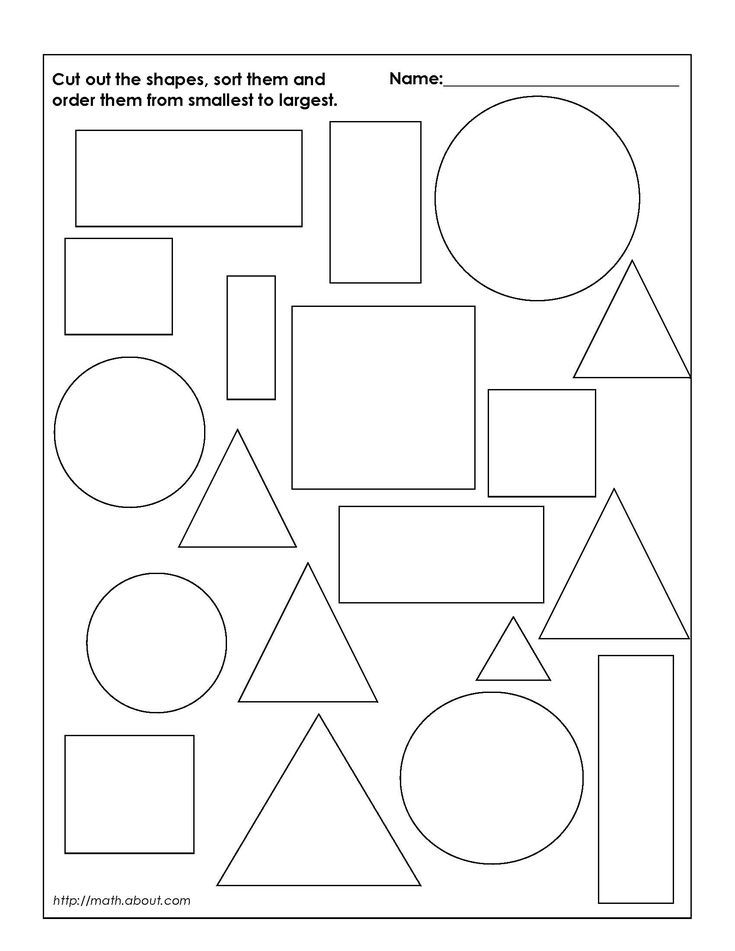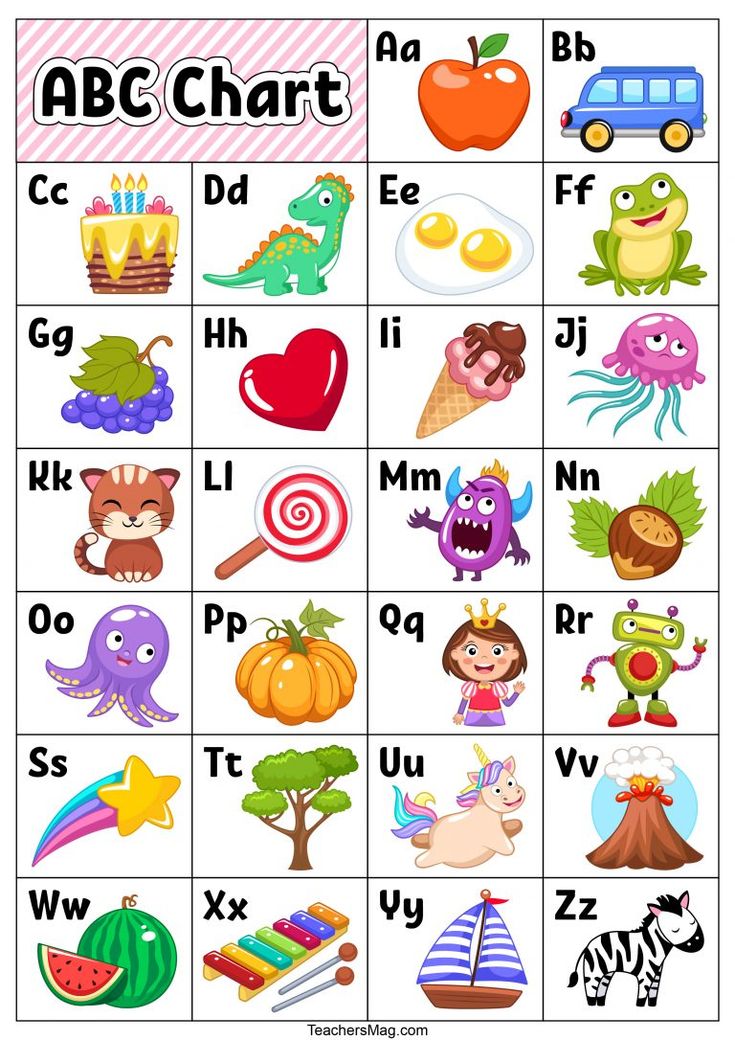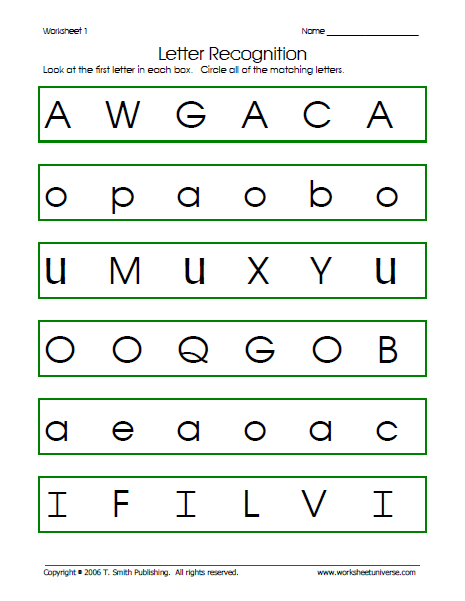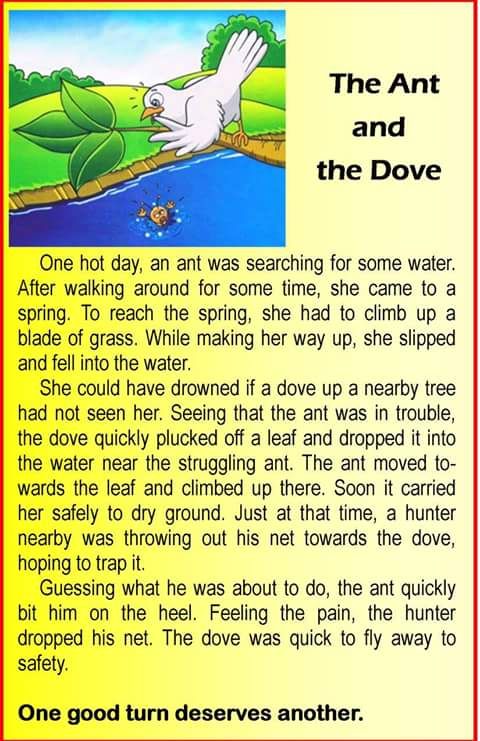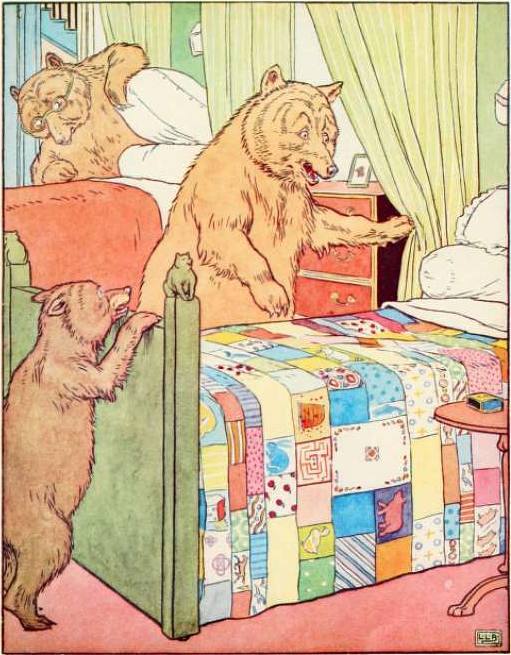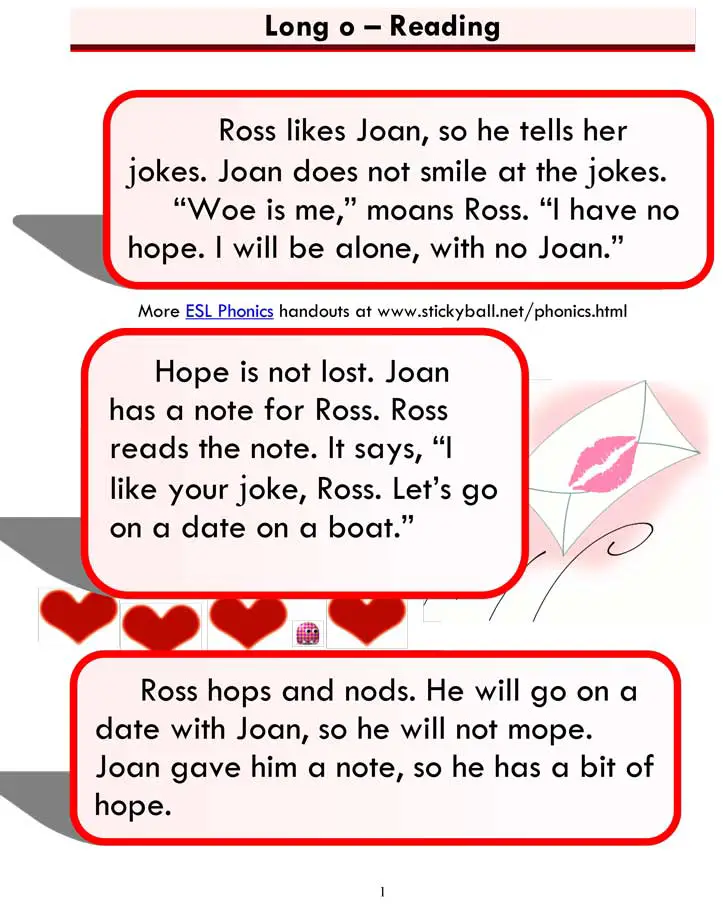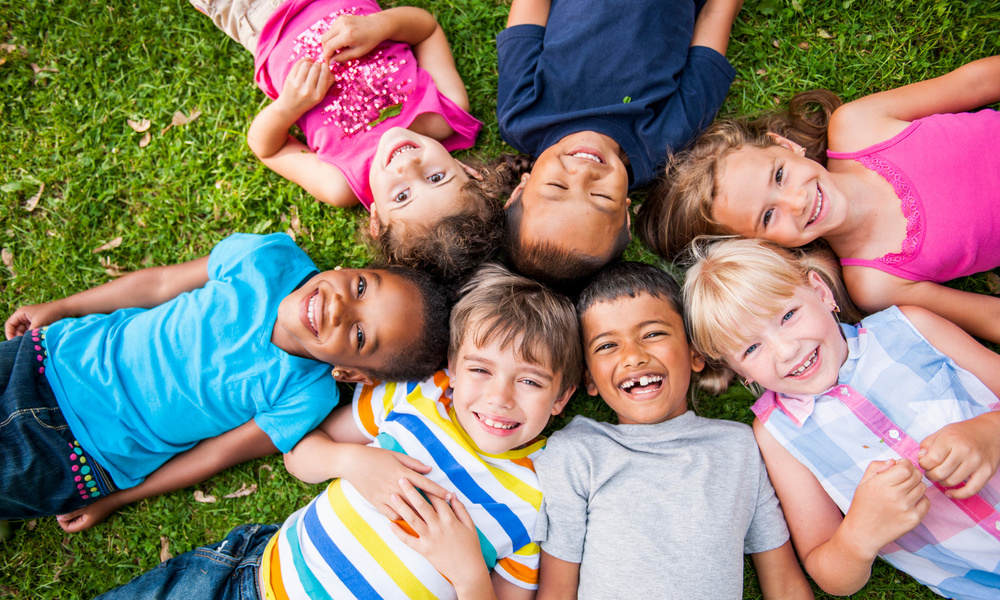Geometric shapes for kindergarten
Geometry and Shapes for Kids: Activities that Captivate –
Learn and build with the geometry and shapes for kids. Tons of fun math activities included and a FREE pattern block symmetry activity!
Were you searching Pinterest or googling to find engaging, hands-on geometry and shapes for kids? Are you looking for lessons and activity ideas that are fun and build a strong understanding of shapes and geometry? Then you have come to the right place!
Geometry and Shapes for Kids
The math tips and strategies you need to teach geometry in primary grades are right here. You will have everything you need to quickly implement and bring a wealth of geometry activities, games, and centers into your classroom or home.
The activities, books, math unit, and other resource suggestions (including a FREE one) cover a ton of geometry concepts and are perfect for Kindergarten, first grade, and second grade. Plus, find valuable geometry materials and manipulative suggestions, as well as freebies you can access today! This post is filled with a ton of value for you as you teach.
Why is it Important to Teach Geometry and Shapes for Kids?
Children need many opportunities to learn about shapes. Learning to identify and understand what the different shapes are, as well as their parts are important concepts. Each day children are exposed to shapes in their environment. They see and interact with them everywhere daily. They need to be able to recognize shapes, verbalize what they see, and understand why they are there.
We want children to see a shape and make a connection. When they look at the wheel of a car, we want them to process that image as a circle, a shape they have learned to label. Eventually, we want children to decipher between shapes and understand formal definitions of shapes. When they look at a cracker, we want them to process that image as a square, since it has four equal sides.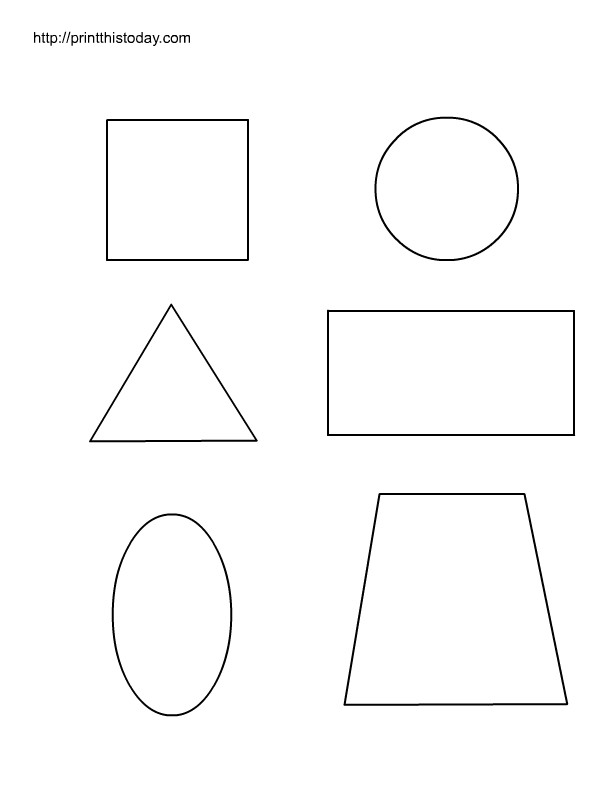
As children learn each geometric concept, they will move onto the next stage of understanding. A strong knowledge of shapes is vital for learning more complex geometry concepts later.
The activities below are ones that will help develop an understanding of shapes. Use them as they are described or adapt them to your own needs. Have conversations about shapes and encourage questions. When a child notices shapes in their environment, let them share with the class! Make time for fun and engaging geometry activities daily in your math center and free play areas.
Geometry and Shapes for Kids Activities
Two Dimensional Shapes
The first stage in learning about geometry is being able to identify, name, and describe 2-dimensional shapes. Talking about shapes whenever you see them and having shape posters on the wall are helpful to kids! Have plenty of shape manipulatives available to explore and “play” with.
Activities
- Create a detailed anchor chart for each 2D shape you are teaching.
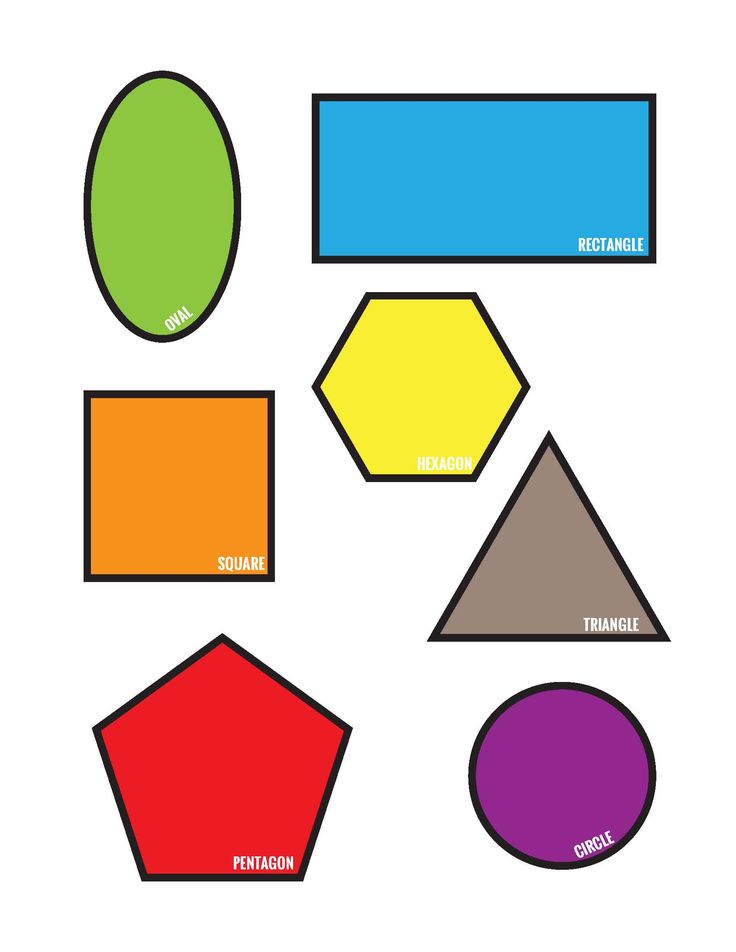 Draw the shape and label and describe how many sides and corners each has.
Draw the shape and label and describe how many sides and corners each has. - Teach a shape with a catchy song or poem to help them remember what it is called and its parts.
- Use colored popsicle sticks to form the 2D shapes with straight sides. Leave them in a center for kids to put together independently.
- Play and get creative with tangrams. See what pictures kids can make.
- Pattern blocks are also fun, hands-on manipulatives that encourage kids to create. They are the perfect addition to any math tub!
- Bring out the geoboards and practice forming shapes using elastic bands.
- Let kids form shapes in a hands-on way with Playdough.
- Reinforce learning about shapes with engaging printable activities perfect for the primary classroom!
- Practice forming shapes using different tools, such as do-a-dot markers or stickers.

- Make simple crafts using shape pieces cut out of construction paper. Let them invent a shape by combining shape pieces to make new ones.
- Check for understanding with small, focused tasks. Review the recognition of shapes quickly with flashcards.
- Draw shapes for practice using a Boogie Board or other draw and erase tool. Being able to draw basic shapes is essential for bringing other more complicated things later.
Three Dimensional Shapes
Just like 2D shapes, being able to identify, name, and describe 3-dimensional shapes is important! Our world is made up of 3D shapes, and we need to recognize them to make sense of things. Make sure to have geometric solids available to hold and interact with, as well as posters to refer to.
Activities
- Create a detailed anchor chart for each 3D shape you are teaching. Draw the shape and label and describe how many edges, vertices, and faces each has.
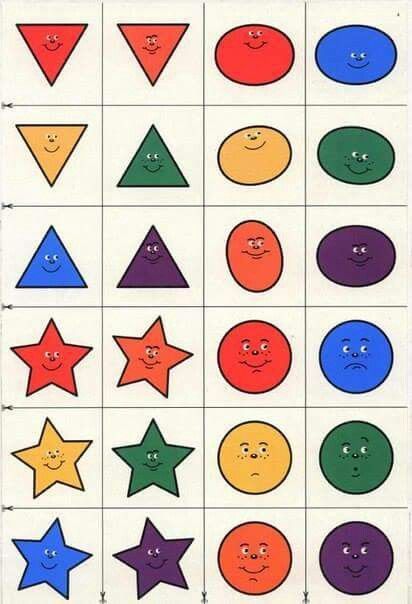
- Teach a 3D shape with a catchy song or poem to help them remember what it is called and its parts.
- Form 3D shapes in a hands-on way with small balls of rolled up clay and toothpicks to hold everything together.
- Let kids form geometric solids using Playdough.
- Play games to reinforce understanding and recognition of geometric solids: shape Bump and Scoot are two engaging choices.
- Get creative with foam blocks and build a tower or other structure.
- Kids love magnetic pieces that can be joined to form 3D objects. Have a bin of these available during free play or STEM time.
- Teach kids how to draw a geometric solid shape in steps. They will be surprised at how simple it is!
- Look through old magazines for pictures of the different 3D shapes. Add the pictures to a class anchor chart.
- Puzzles, clip cards, and matching activities are great for shape recall and building fluency.

Shapes in the Environment
The main goal of teaching children about shapes is for them to be able to see shapes in the environment and to interact with the environment because of that understanding. Get kids to talk about what they see continuously and encourage them to share.
Activities
- Create an anchor chart with examples of each shape in their world. Let kids give and draw the suggestions of what each shape “looks like…”.
- Look around the classroom and point out different shapes.
- Play games where kids must recognize what object is what shape. Give this Bingo game a try!
- Go on a scavenger hunt outside and take note of what is seen.
- Take photos of real-world examples of shapes. Add the photos to a class pocket chart.
- Read books about shapes in the real world. The Shape of Things is a good book with lots of picture examples.
Compare & Sort Shapes
Provide opportunities for kids to compare different shapes with each other.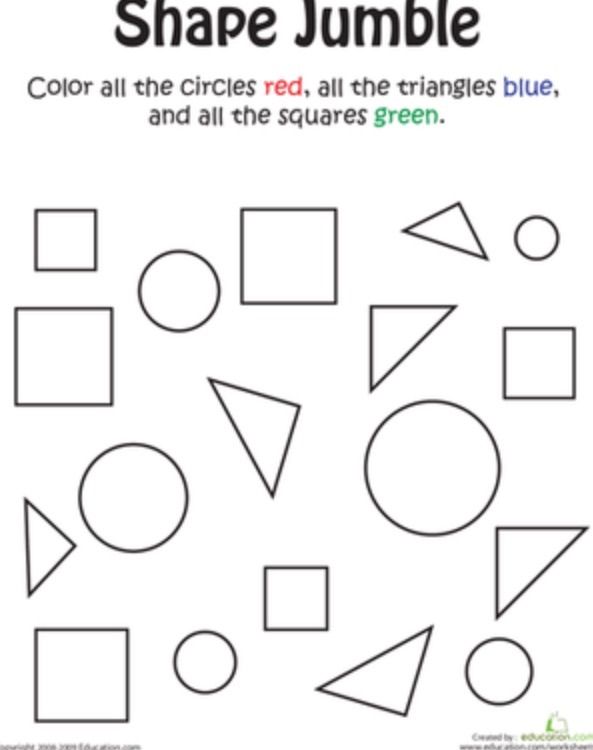 Once an understanding is developed with the parts of shapes, teach children to sort shapes based on one or two attributes.
Once an understanding is developed with the parts of shapes, teach children to sort shapes based on one or two attributes.
Activities
- Provide small groups of either 2D or 3D shapes per pair of students. Ask them to take turns sorting shapes and let the other person try to guess their sorting rule.
- Place shapes in a pile in front of the class. Ask them to sort the shapes into their type or by following a particular rule.
- Sort 2D or 3D picture cards by a given attribute as a class or in a center
Symmetry
Teach kids at a young age about reflectional symmetry, which is a mirror image. Show kids that if you draw a line down the center of an image, both sides will match up. This is called the line of symmetry. Some shapes have one line of symmetry, and others have more. Expose them also to symmetry found in nature and their environment.
Activities
- Ask kids to find symmetrical things in the classroom and share them with the class.
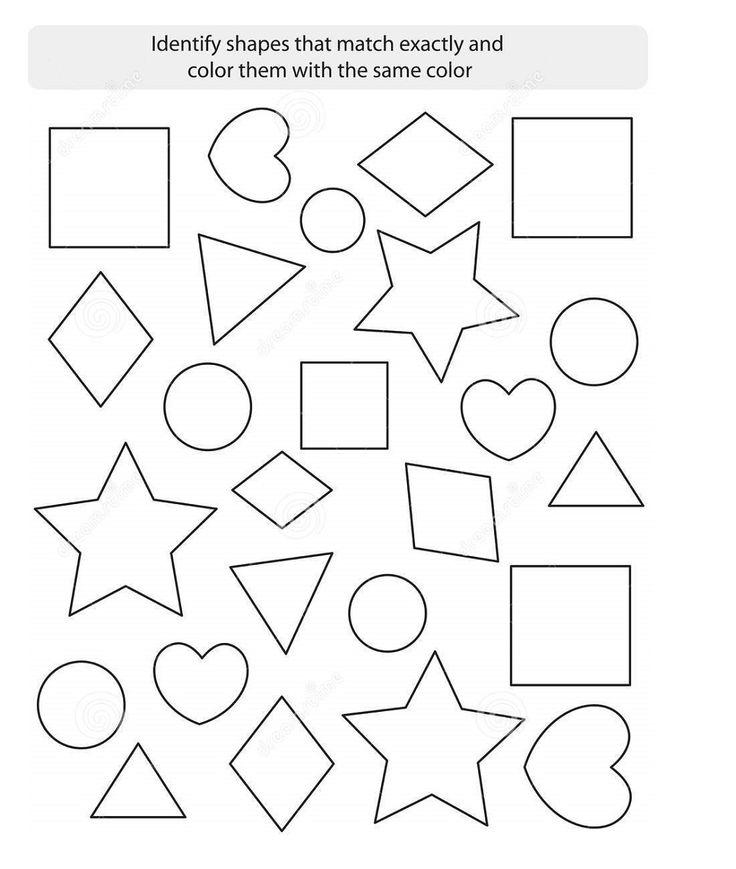
- Go outside on a nature walk and look for symmetrical things.
- Use pattern blocks to create symmetrical pictures. Given half a pattern block picture, create the mirror image. Grab these FREE pattern block symmetry cards below!
- Create a Lego structure with a friend by placing the same pieces down together on both sides.
- Build something symmetrical using small objects, such as blocks.
- Create a piece of art using the concept of symmetry. Fold a piece of paper and paint only on one side. Fold the paper together to create symmetrical paint blotches.
Geometry and Shapes Resources for K-2
The activities seen in this post can be found in the following resources.
Kindergarten Geometry & Shapes Unit
First Grade Geometry Math Unit
Second Grade Geometry & Fractions Unit
Free Pattern Block Symmetry Pictures
Print off a set of these to go with your pattern blocks to create an easy math center. Kids will enjoy creating symmetrical designs!
Kids will enjoy creating symmetrical designs!
Grab FREE pattern block symmetry pictures for your math center by clicking the image below.
Geometry & Shapes Books
Up, Down, and Around by Katherine Ayes
Go, Shapes, Go by Denise Fleming
When a Line Bends…a Shape Begins by Rhonda Greene
Shapes, Shapes, Shapes by Tana Hoban
The Shape of Things by Dayle Ann Dodds
Seeing Symmetry by Loreen Leedy
Jump, Kangaroo, Jump by Stuart J. Murphy
If You Were a Polygon by Marcie Aboff
If You Were a Quadrilateral by Marcie Aboff
Greedy Triangle by Marilyn Burns
Shape Up! by David Adler
Three Pigs, One Wolf, Seven Magic Shapes by Grace Maccarone
Shape by Henry Pluckrose
Mouse Shapes by Ellen Walsh
Shape by Shape by Suse MacDonald
Shapes! by National Geographic Kids
Captain Invisible and the Space Shapes by Stuart J. Murphy
Geometry Materials
Try the Mindful Math Comprehensive Program
Read about the Mindful Math program and how it can change your math block in positive ways! This comprehensive math curriculum is available for Kindergarten, first grade, and second grade.
More Math Activities for Kids
Number of the Day Activities
Addition and Subtraction to 20 Activities for the Classroom
Number Sense Activities to 20
Learning Fractions
PIN
FREE Number Sense Email Series
Sign up for the building number sense email series filled with effective strategies, must try activities, and FREE resources to build routines in your classroom. Everything you need to help kids grow their number sense and have fun at the same time!
First Name
Personal Email Address
We use this field to detect spam bots. If you fill this in, you will be marked as a spammer.
I'd like to receive the free email course.
This form collects information I will use to send weekly emails with strategies, promotions, and resources. Unsubscribe at any time. Powered by ConvertKit21 Creative Ways to Teach 2D Shapes in Kindergarten – KindergartenWorks
Teaching shapes to kindergarten is part of many standards-based curriculums.
When you teach 2D shapes, you're covering some basic geometry skills your kinders will build from for years to come.
Let's look at how to teach 2D shapes and dig into some 2d shape activities and games to help you cover this topic.
How to teach 2D shapes
If you're wondering how to teach shapes to kindergarten - then here are the essentials you need to cover.
1. Teach the names
Teach the names of the shapes. You could consider this vocabulary, but they need to identify the name of each shape no matter the orientation (which way the shape is turned).
source: teachwithme.comYou can always use a fun hook like these 2D shapes owl craft to get them started on learning the names of the shapes.
I recommend these 2D shapes kindergartners should know the best: circle, triangle, rectangle, square and hexagon.
source: miss-kindergarten.comYou could easily add some free shape posters or poems to your daily routine until your kiddos know them by heart.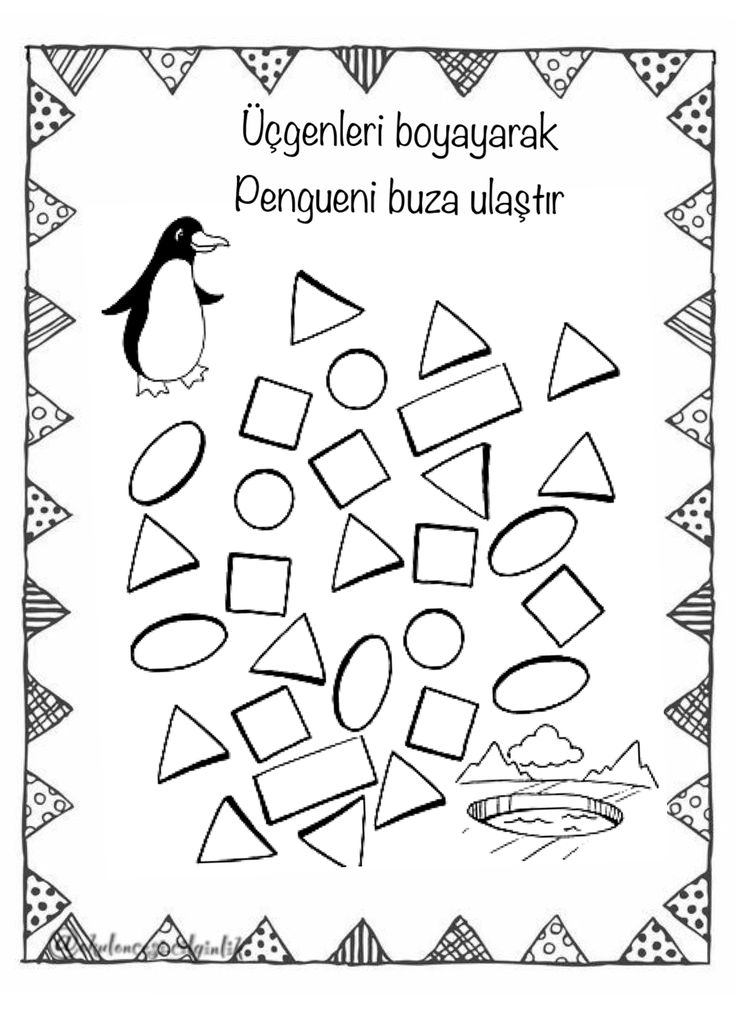
And this is totally my opinion - but forget teaching 2d shapes like the heart and the star (those are almost like "gimmes" in today's kindergarten).
Remember: if you use pattern blocks for any activities - don't shy away from teaching the trapezoid, rhombus and parallelogram. It's an easy way to get extra shape names with what you're already using.
2. Teach what makes a shape unique
Teach the unique characteristics of each shape. What makes the shape unique?
You can use 2D shape bingo, a hide-n-feel game or even a little mini booklet to help cover how to describe the 2D shapes.
I made a mini 2D shapes booklet to use with my guided math groups.
I like that students pick up on the basic book pattern:
- The first page asks a question based on a shape's attributes.
- The second page answers it.
But you can even create shape puppets to get them talking about what makes the shapes unique.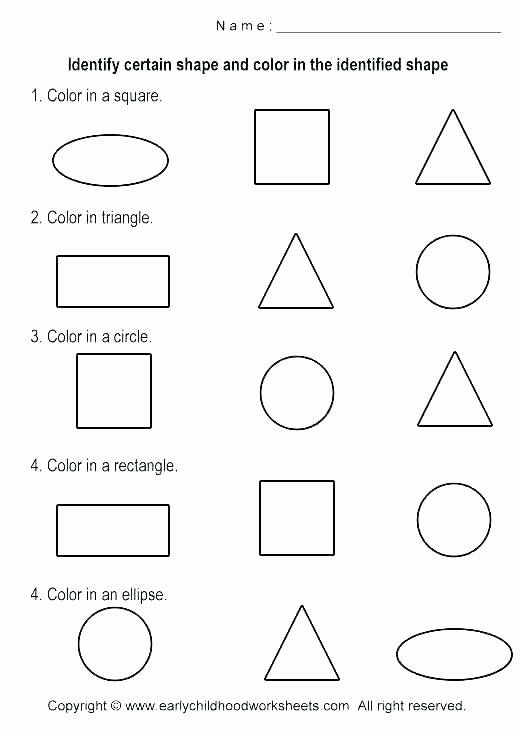
Consider using videos as well to teach describing 2D shapes - like how many sides and vertices each shapes has.
3. Teach what makes a 2D shape a 2D shape
Teach what makes the circle, square, triangle rectangle and hexagon all 2D shapes in a simplified fashion.
I like teaching this when I introduce 3D shapes (we compare the difference) and my students can already name and describe all of the 2D shapes for kindergarten accurately.
4. Teach shapes in the world
Teach real-life examples of shapes. Students should be able to pick out shapes in the world from the environment around them but also create real-world things by combining 2D shapes.
This quick shapes in the world video for kindergarten is perfect before going on a shape hunt.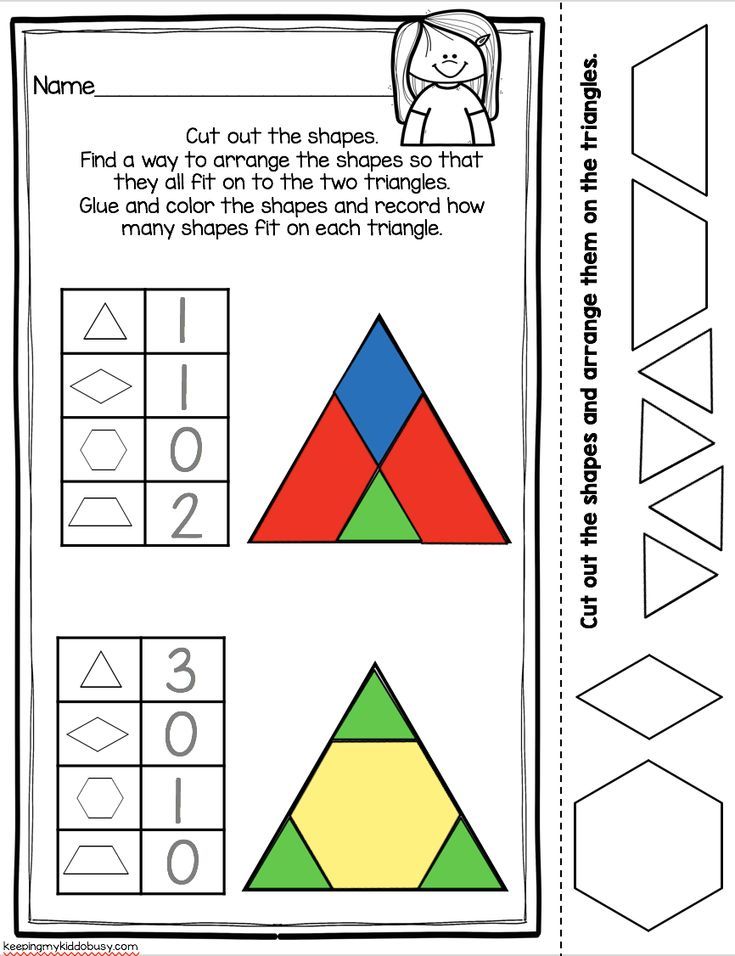 It reinforces a circle, square, and triangle in everyday items and has kids draw shapes in the air.
It reinforces a circle, square, and triangle in everyday items and has kids draw shapes in the air.
You'll find a few more examples of how to teach shapes in the world with some of the activities listed below.
Activities to do
Here are some fun ideas for how to teach 2D shapes with kinders.
There is a variety to pick from that can help accomplish the goals we mentioned above.
source: crayonbits.blogspot.comCreate a lift-the-flap riddle book with your students. Have them dictate the text and cut out shapes. Let them show what they know to make a class book.
Teach how to draw the shapes - by teaching how many points to draw. I learned this tip from our district's leading preschool teacher.
Kids that came from her preschool program came in knowing how to draw shapes in kindergarten and I learned this was her secret method of teaching them! {wink}
source: afaithfulattempt.blogspot.comIf you're teaching 2D shapes during Christmas, create a Rudolph at the window art project using construction paper shape pieces.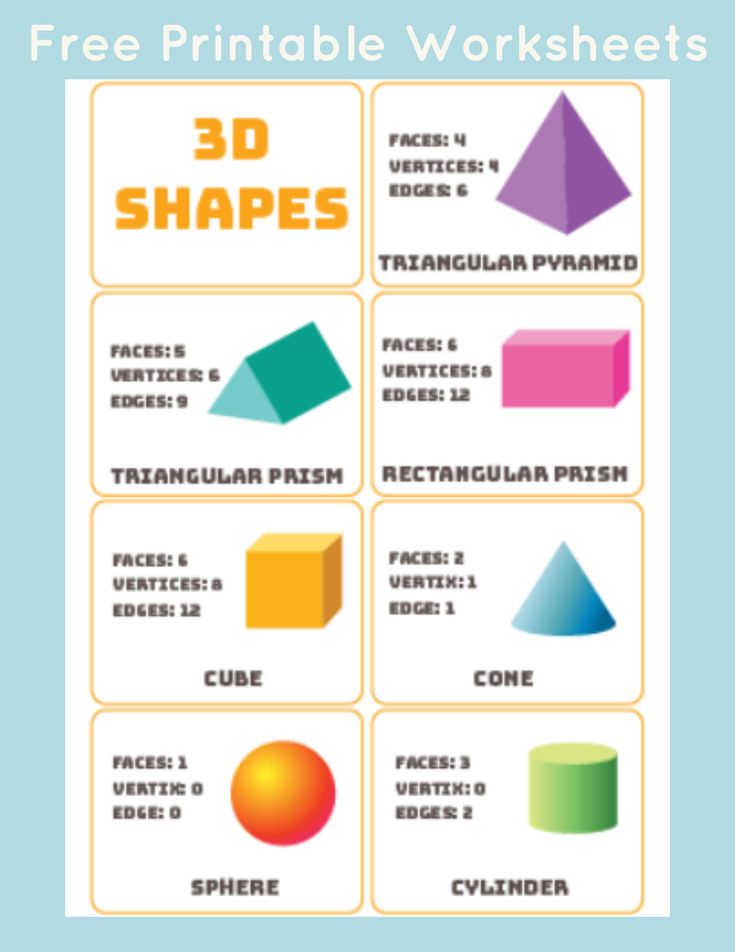 It sticks to basic shapes. I love the finished product.
It sticks to basic shapes. I love the finished product.
You could also use this free shape reindeer card activity and adapt it a bit since it was designed for first grade.
source: bishopsblackboard.blogspot.comTake the shape your class is having the most difficulty with and let them get creative! Have them turn the shape into something in our world simply by adding details.
source: peekaboomakelearnsewanddo.blogspot.com.esUse whatever shape manipulatives you have and create 2D shape scenes or real-world things. Snap photos with your phone and print them as example cards.
Students can try to recreate yours or build their own 2D shape real-world things.
If you only have pattern blocks, try to add in some circles, squares, and rectangles made out of craft foam from the dollar tree.
source: llittlefamilyfun.comSpeaking of making your own 2D shape manipulatives - this teaching 2D shapes dinosaur activity is a perfect example. Cut your own shapes and let your students create.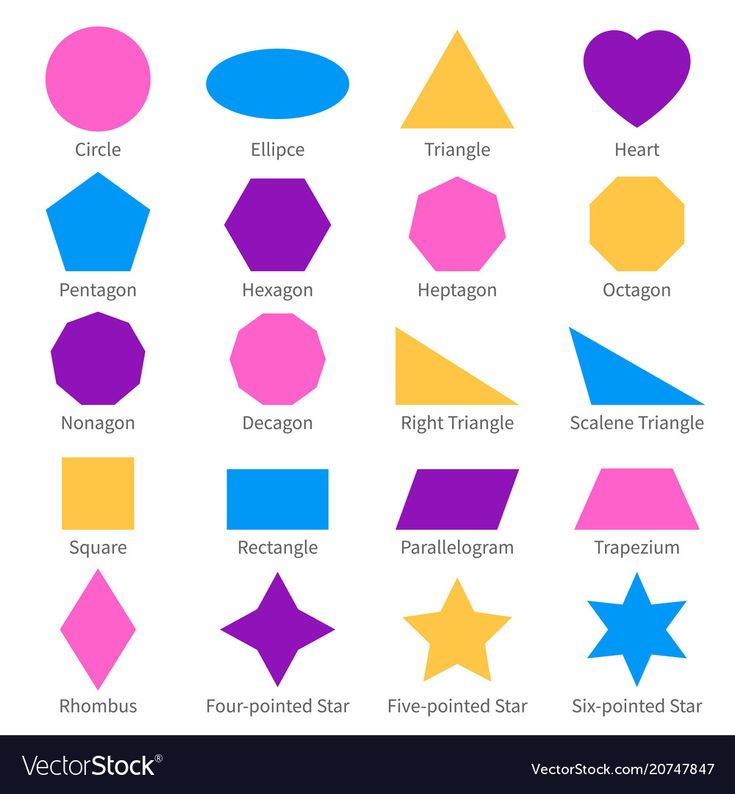
Grab toothpicks and marshmallows (or playdough) with these printable build a 2D shape cards. Students can focus on the number of vertices each shape has.
Play 2D shapes games
Play games that involve looking at shapes in different ways.
Play this little roll-a-shape 2D shapes in the world game. It's perfect for beginning kindergarten.
It's simple to play and students can do it independently. They roll a die, say the shape's name and color or trace a matching shape in the picture.
This shapes in the world printable board game is a simple way to play in small numbers.
source: downunderteacher.blogspot.com.auIf you just need something that works on naming and identifying - then this quick shape game is what you're looking for. Add a pencil and paper clip as a makeshift spinner.
I've found a way to turn bingo into a super-effective way to work on describing shapes in kindergarten. So check out this describing 2D shapes bingo game that is free.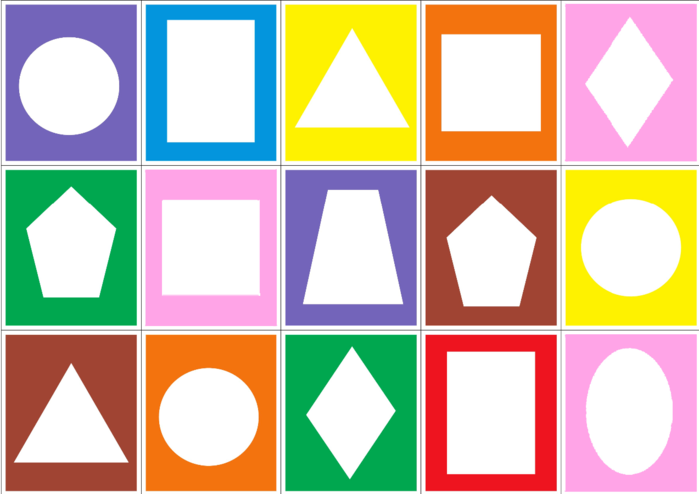
It's a classic game that's easy to share with parent volunteers too since they usually already know basic bingo rules.
source: firstgradealacarte.blogspot.comHere's an alternate naming shapes game that is styled after chutes and ladders. I think they'd like this format.
Go on a shape hunt around the classroom simply by following the directions in this secret agent shapes detective video.
Play what's hiding under the rug. This is the easiest game to teach and play with kindergarten. I love turning it over to pairs of students to play in our small group sessions so I can listen in on how accurately they are describing 2D shapes.
It's an ideal way to informally assess how well students are doing on this skill.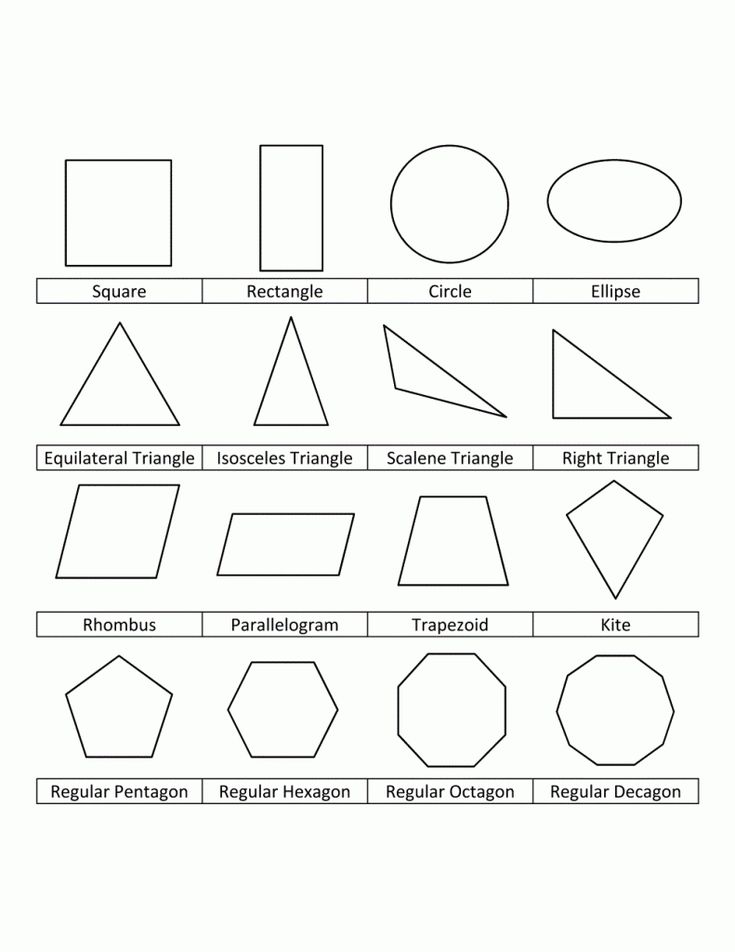
Let students each play at their own pace and graph their results with this 2D shapes game.
Find the shapes hidden in these landscapes to bring back color to the black-and-white pictures. This interactive, online shapes game reminds me of the old school Highlights for Kids magazines {wink}
Let's wrap it up
There you have the basics of how to teach 2D shapes and creative activities, games, and videos for teaching 2D shapes in kindergarten.
I hope you've found exactly what you need to complete your lesson plans. It's my goal to help you organize, think and teach your best.
You may also enjoy this short list of 2D shapes videos.
If you like what I do here on KindergartenWorks, then be sure to subscribe today. I look forward to sharing ideas with you weekly.
More Math in Kindergarten
- 10 Activities for Describing 3D Shapes in Kindergarten
- Monster Numbers – Easy Tools to Teach 0-10
- Making 5 Fluency Ideas and Games
Learning Geometric Shapes: Games for Preschoolers
One of the important aspects of the development of mathematical concepts in preschoolers is the study of the basics of geometry.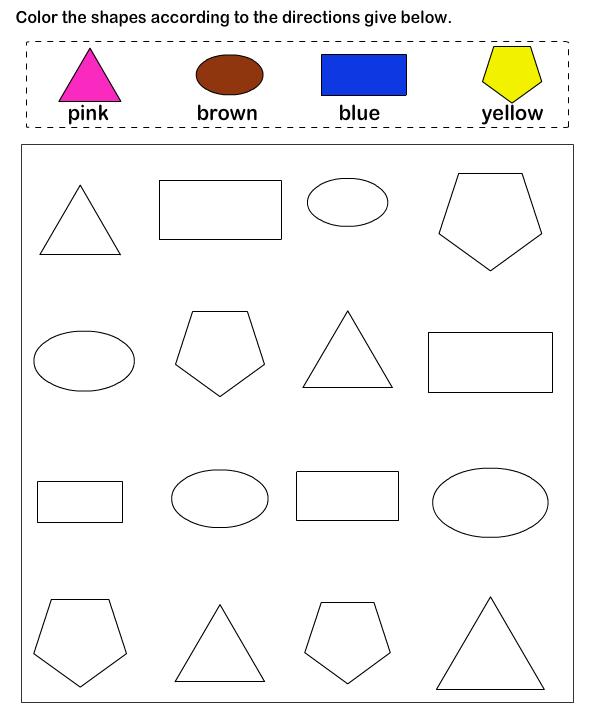 In the course of acquaintance with geometric shapes, the child acquires new knowledge about the properties of objects (shape) and develops logical thinking. In this article, we will talk about how to help a preschooler remember geometric shapes, how to properly organize games for teaching geometry, and what materials and aids can be used to develop a child’s mathematical abilities.
In the course of acquaintance with geometric shapes, the child acquires new knowledge about the properties of objects (shape) and develops logical thinking. In this article, we will talk about how to help a preschooler remember geometric shapes, how to properly organize games for teaching geometry, and what materials and aids can be used to develop a child’s mathematical abilities.
At what age can one start learning geometric shapes?
Many parents are wondering if young children need to get acquainted with geometric shapes. Experts believe that it is optimal to start classes in a playful, relaxed form from the age of 1.5. Until this age, it is appropriate to pronounce to the child the names of the shapes of objects that the baby meets in real life (for example, “round plate”, “square table”).
Introducing the child to geometric shapes, be guided by his reaction. If your baby started to show interest in them at an early age (by playing with the sorter or looking at pictures), encourage his curiosity.
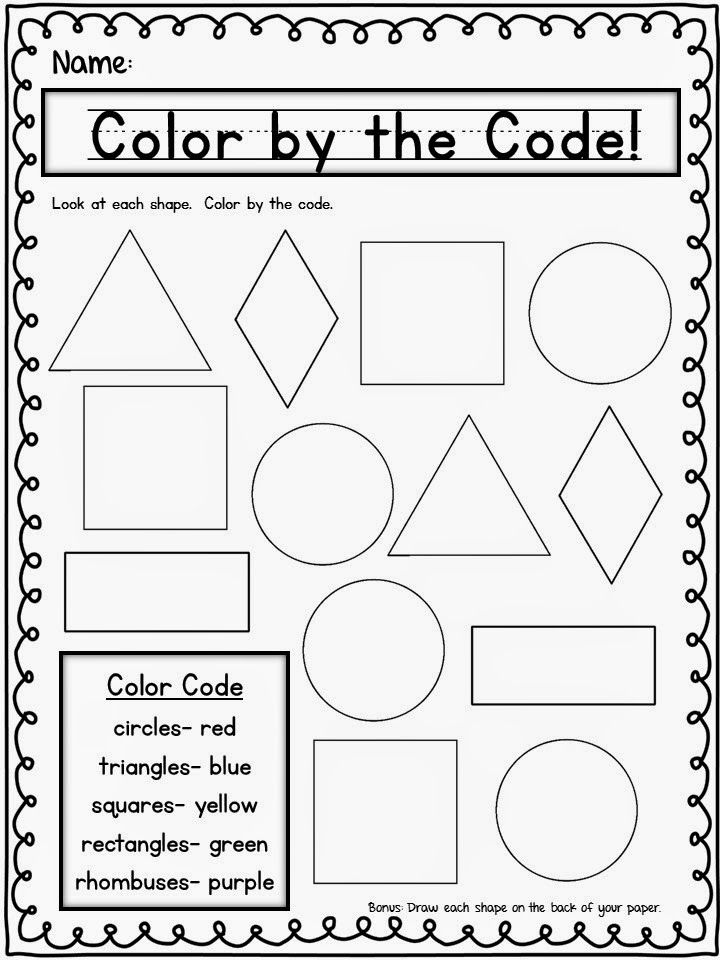
At the age of 2, the baby should be able to distinguish between:
- Circle;
- Square;
- Triangle.
By the age of 3 you can add:
- Oval;
- Rhombus;
- Rectangle.
At an older age, a child can memorize such shapes as a trapezoid, a pentagon, a hexagon, a star, a semicircle. Also, children visiting the Constellation Montessori Center get acquainted with geometric bodies with interest.
How can I help my child remember geometric shapes?
Teaching a child geometric shapes should take place in stages. You need to start new figures only after the baby remembers the previous ones. The circle is the simplest shape. Show your child round objects, feel them, let the baby run his finger over them. You can also make an application from circles, mold a circle from plasticine. The more sensations associated with the concept being studied, the child receives, the better the baby will remember it.
Three-dimensional figures can be used to get acquainted with the forms. It can be made by a designer, a sorter, lacing, frame inserts. Since at an early age the visual-effective type of thinking is most developed, various actions with figures will help to remember them better.
How children of different ages perceive geometric figures
The operations that a child can perform with geometric figures and how he perceives shapes depend on the age of the baby. In accordance with age characteristics, the following stages of training can be distinguished:
- In the second year of life, the baby is able to visually recognize familiar figures and sort objects according to shape.
- At 2 years old, a child can find the desired shape among a number of other geometric shapes.
- By the age of 3, babies can name shapes.
- At the age of 4, a child is able to correlate three-dimensional figures with a flat image.
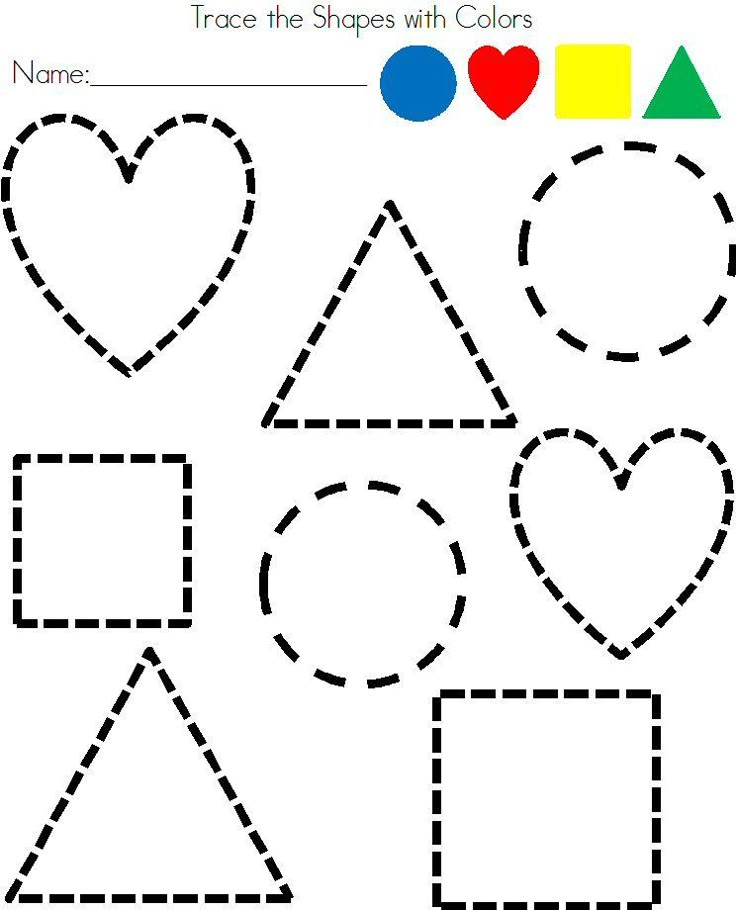
- At senior preschool age (and sometimes even earlier) you can start studying geometric bodies (ball, cube, pyramid). Also at this age, the child can analyze complex pictures consisting of many shapes.
Regardless of the child's age, try to pay attention to the shapes of the surrounding objects and compare them with known geometric shapes. This can be done at home and on the go.
Games for learning geometric shapes
For a child to be interested, learning geometric shapes should take place in a playful way. You should also select bright and colorful materials for classes (you can buy them in a store or do it yourself). Here are some examples of games and tutorials for learning geometric shapes:
- Sorting. Games with a sorter can be started from the age of 1. Invite the child to find its window for the figure. So the child will not only memorize geometric shapes, but also develop fine motor skills, thinking and spatial representations, because in order for the part to fall into the hole, you need to turn it at the right angle.
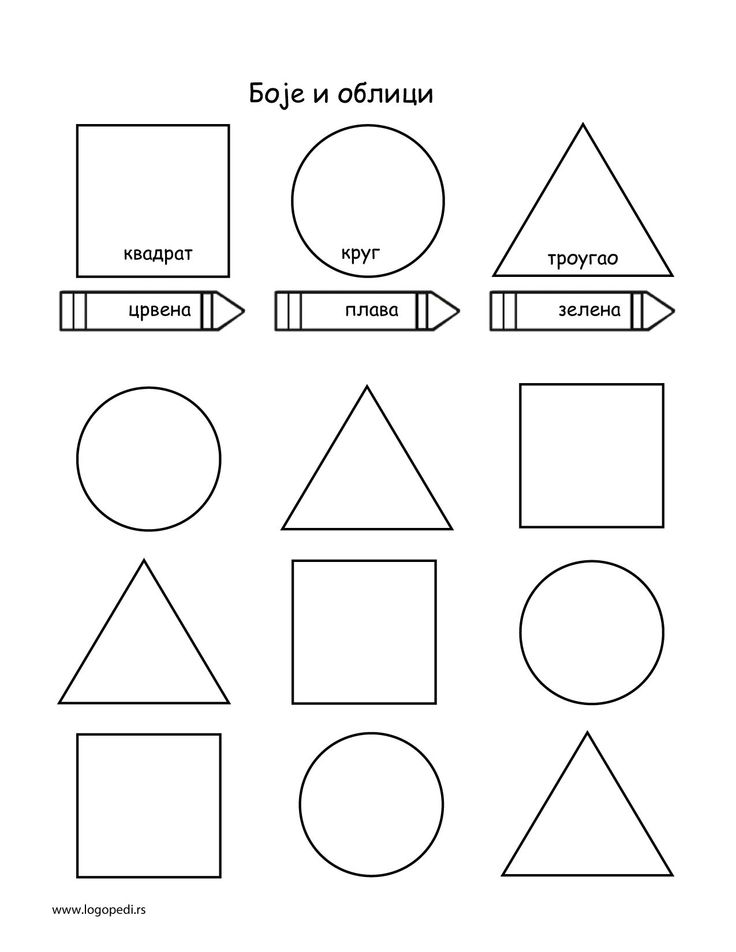 You can also sort any other items, such as building blocks, Gyenesch blocks, or counting material.
You can also sort any other items, such as building blocks, Gyenesch blocks, or counting material. - Insert frames. In fact, this manual is similar to a sorter. For each geometric figure, you need to find its place.
- Geometric lotto. To play, you will need a field with the image of geometric shapes and handout cards with each figure separately. A child can take small cards out of a chest or bag, and then look for their place on the playing field. This game also perfectly trains the attention of the baby.
- Geometric appliqué. Cut out various geometric shapes from paper and, together with your child, make a picture out of them (for example, you can make a Christmas tree from triangles, a house from a square and a triangle).
- Drawing (including stencils).
- Modeling.
- Laying out figures from counting sticks.
- Geometric mosaic.
- Laces with geometric shapes.
- Card games.
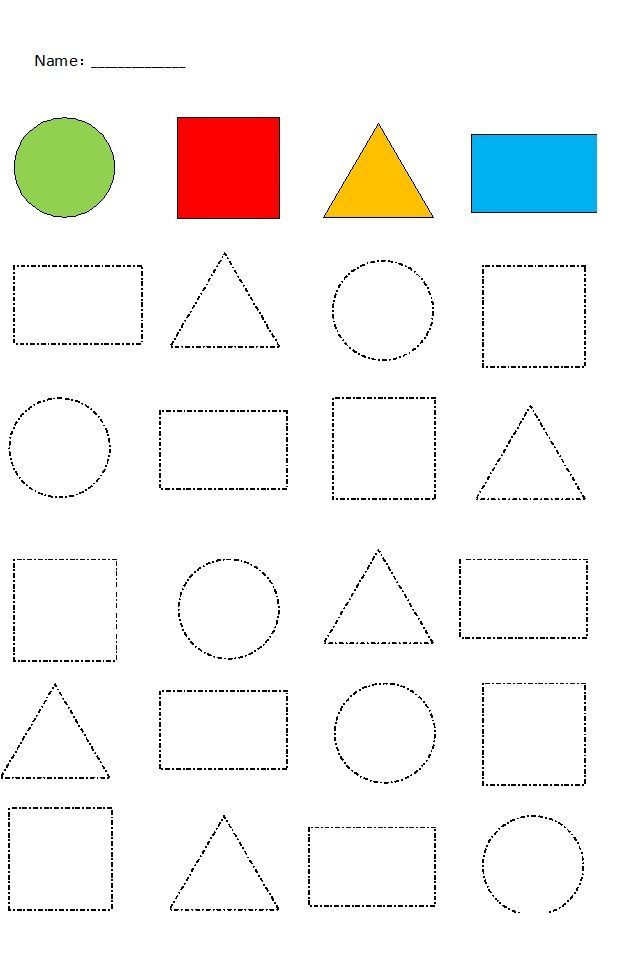
- Guess by touch.
- Active games. Draw geometric shapes on the pavement with chalk. Ask the child to imagine that the figures are houses that you need to run into on a signal. Next, you name a geometric figure, and the child runs to it.
In addition, educational cartoons can be used to study geometric shapes. Here is one of them:
Conclusions
Learning the basics of geometry at preschool age is an important part of developing a child's mathematical and sensory representations. Acquaintance with the figures should occur gradually (first, simple figures - a circle, a square, a triangle). To keep your child interested, study geometric shapes in a playful way. Your assistants in this can be such educational aids as insert frames, mosaics, lotto, sorters, sets of geometric shapes and bodies, stencils.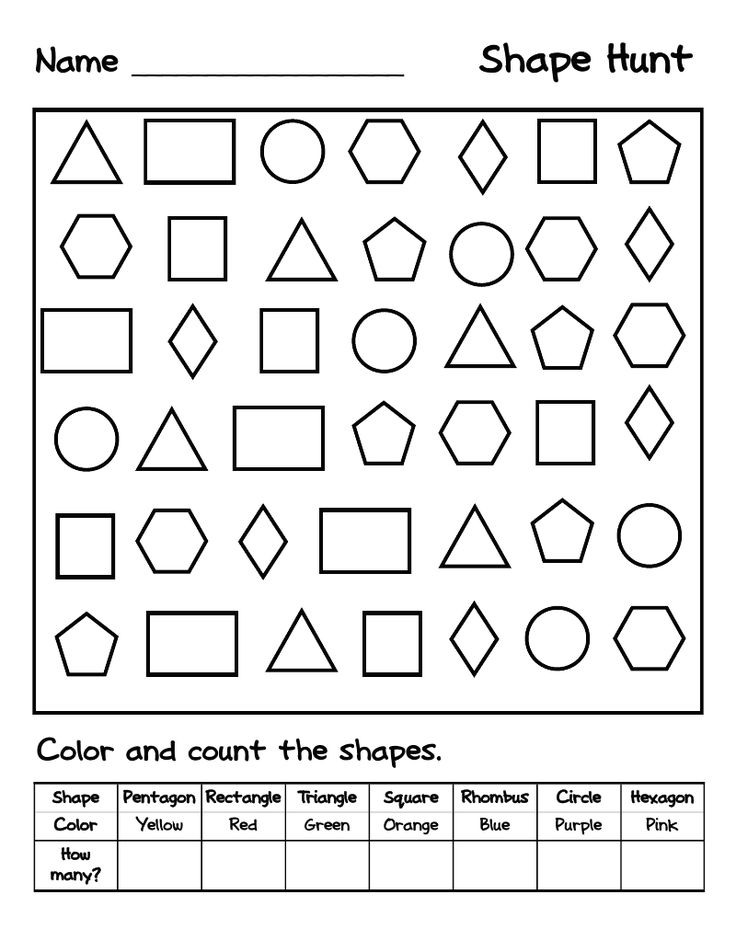 You can also study geometric shapes on the street: just talk to your child about what you see around and what shapes these objects look like. Then the kid will definitely learn to distinguish geometric shapes and remember their names.
You can also study geometric shapes on the street: just talk to your child about what you see around and what shapes these objects look like. Then the kid will definitely learn to distinguish geometric shapes and remember their names.
Conclusion
Montessori environment has been specially created for the comprehensive and harmonious development of each child in the children's center "Constellation". In the process of free work in it, children not only get acquainted with the basics of geometry, but also develop their cognitive processes, fine motor skills, learn to write, read, and count. In addition, the Montessori environment gives the child the opportunity to fully demonstrate independence and responsibility. We will be glad to see you and your baby at our center!
Prepared by a Montessori teacher
Malysheva Evgeniya
Abstract of the lesson in mathematics "Geometric figures" (reinforcement) | Plan-summary of a lesson in mathematics (middle group):
Abstract of a lesson in mathematics.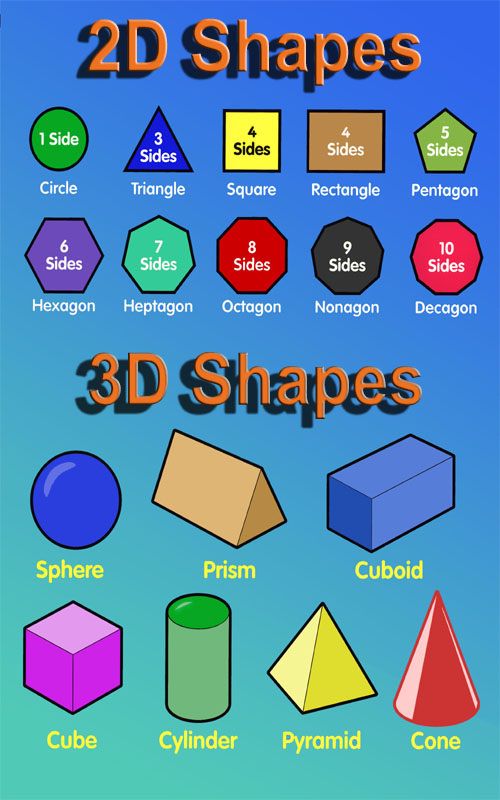
Subject: Journey to the camp: Geometrical figures. (reinforcement.)
Age group: Middle group.
Form of joint activity: integrated occupation.
Form of organization: group.
Educational and methodical set: mathematics in kindergarten 4-5 years old
Purpose: Learn to distinguish and name the following geometric shapes: square, circle, triangle, rectangle, exercise in counting; be able to navigate in space.
Tasks:
Educational:
Expand children's knowledge of shapes. Learn to group them by color, size.
Developing:
Develop observation, mindfulness.
Develop thinking memory and speech.
Educational:
Promote the development of teamwork and mutual assistance when working in a team.
Stimulate interest in mathematics.
To develop the skills of cultural behavior in society.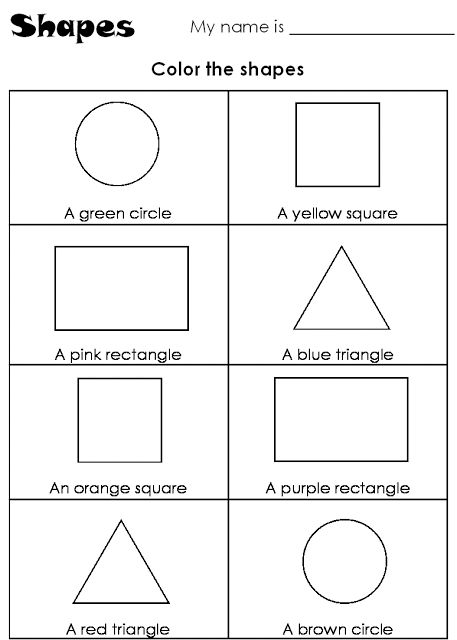
Materials:
For children - a card with four stripes, circles (large and small) in four colors: green, blue, yellow, red; geometric figures.
For the teacher: Four baskets with stickers of shapes (for example, the first basket is a triangle, the second is a square ...) Geometric shapes according to the number of children of different colors. Four bags of different colors: green, blue, yellow, red. Three keys. Soft toy.
Class progress.
The educator invites the children to the rug all the guys come up and stand in a circle in the center of the circle there is a tutor and invites them to go to a country not simple, but magical, geometric, and in this country everything consists of figures. The entrance to this country is bewitched in order to disenchant the entrance to the magical land, you need to get three magic keys.
In: I invite all children
Will set off on the road soon
Tests are waiting for you
Difficult tasks.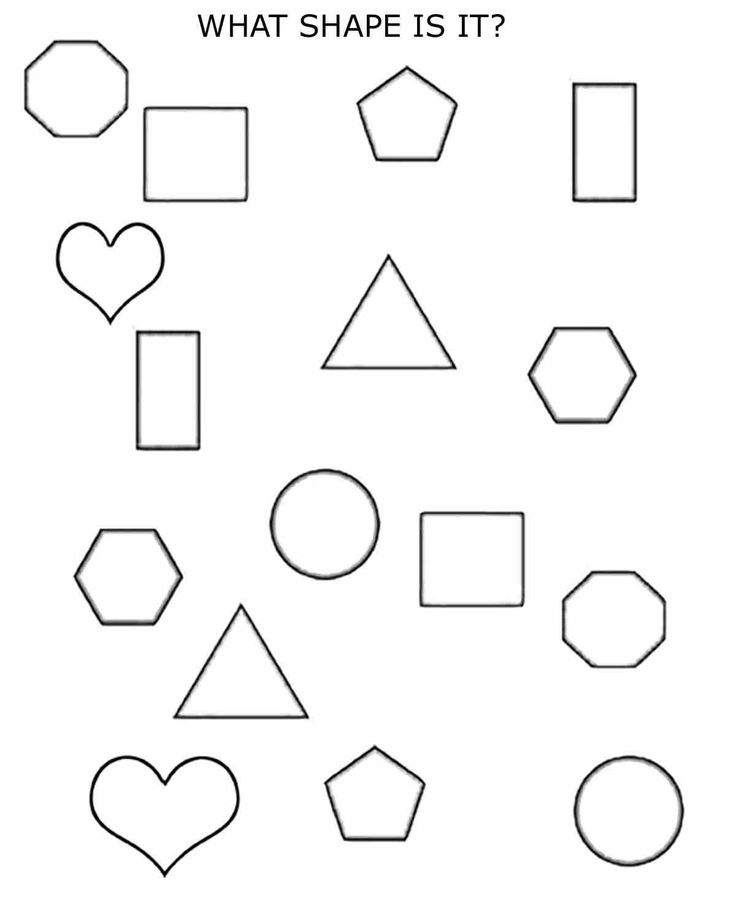
Our path will be long with obstacles. Are you guys ready for this journey?
D: Yes, ready.
Q: In that case, you can hit the road. The teacher and the children come to the first table. There are geometric figures on the table.
Q: Our first task: There are different pieces on the table. You need to take one piece at a time and name them.
D: Everyone in turn takes a piece from the table and clearly names the piece he took.
Q: Well done guys, you all answered correctly. We passed the first task correctly, the path to our country is getting shorter, we have received our first key. (the key was under the last figure.) Let's move on to the second task:
There are four baskets on the chairs in the group, each with glued figures (circle, square, triangle, rectangle). To do this, whoever has squares, stand up to the basket with the square. Who has circles, stand up to the basket with the circle. Whoever has rectangles, stand up to the basket with the rectangle.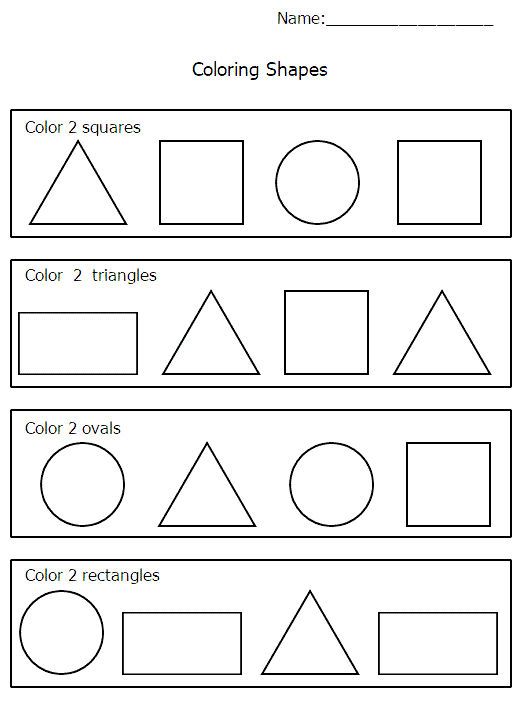 And whoever has triangles, stand up to the basket with triangles.
And whoever has triangles, stand up to the basket with triangles.
D: Find their baskets and stand up.
Q: Guys, if you're ready, put your pieces up. Well done, now put the pieces in your baskets. And in one of the baskets, the children find the second key. Now we can move on.
They approach the rug and there the whole rug is strewn with different figures of different colors. (While the children were doing the tasks, the junior teacher poured the figures onto the rug.)
There are four bags of different colors on the rug.
Q: Guys, this is our last assignment. In order to get the third key, you need to collect and group the pieces by color, then put them in bags.
Y: They complete tasks and find the third key in one of the bags.
V: Well done guys, you did the job. Magical land is disenchanted!!!
Guys, while the country was bewitched in the “dishes” store, all the cups mixed up the shelves, you need to help put things in order in the store. To do this, sit at the tables for each child a card with four stripes and 14 circles.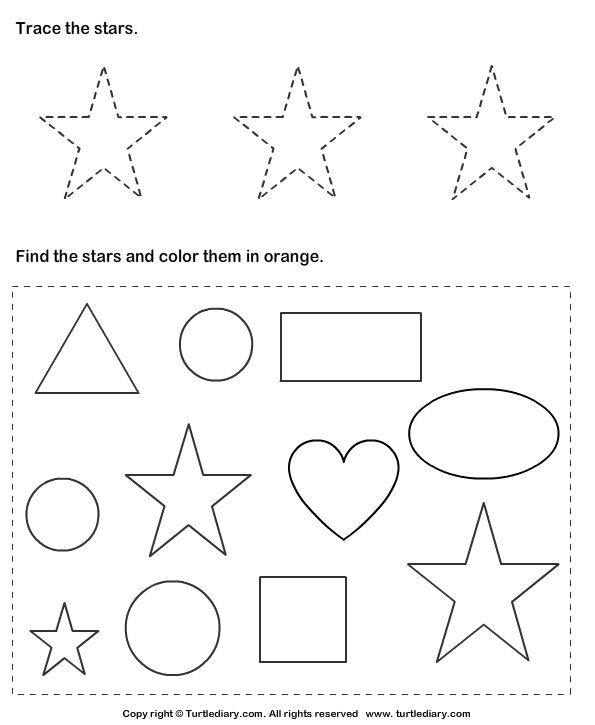
The teacher explains. “This (points to the circles) Large and small cups.
They should be placed on the shelves as you wish.”
Variants can be as follows:
- mugs lie in disarray on each shelf;
- mugs are on two shelves (large and small)
- mugs are arranged by color on four shelves.
The teacher asks everyone how he arranged the cups and which shelf has more of them and which one has less.
You can invite the children to arrange them so that each shelf has “cups” of the same color. Ask which “cups” are more: red or blue; yellow or green.
Q: Well done guys have put things in order in the store, now residents of the magical land will be able to come to the store and easily choose cups. I suggest you clean up the toys and go for a walk there will be many more interesting things.
On the street you can play the game: "Find the hidden toy."
With the help of a counter, a leader is selected:
Seagulls lived at the pier,
Their river pumped water.